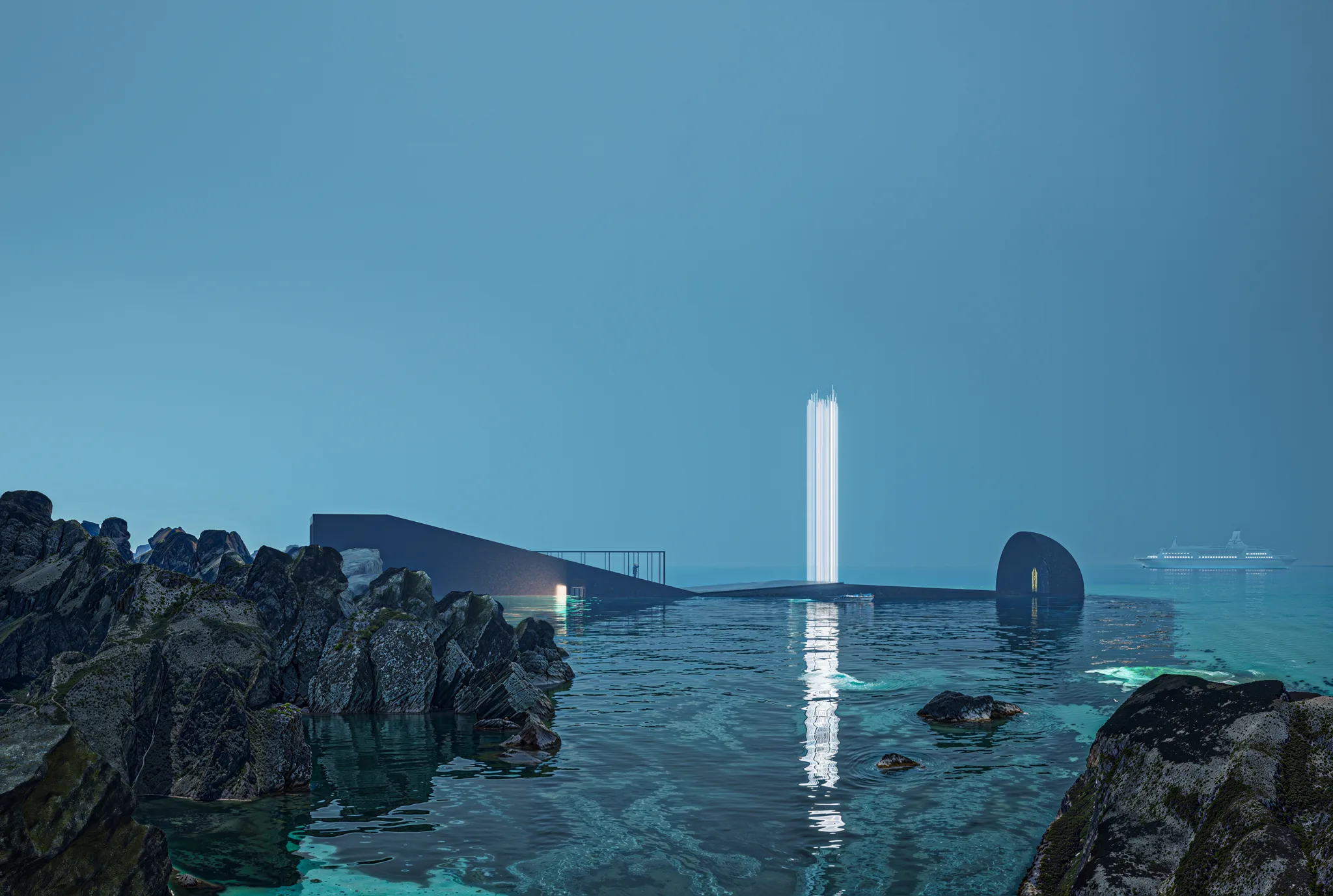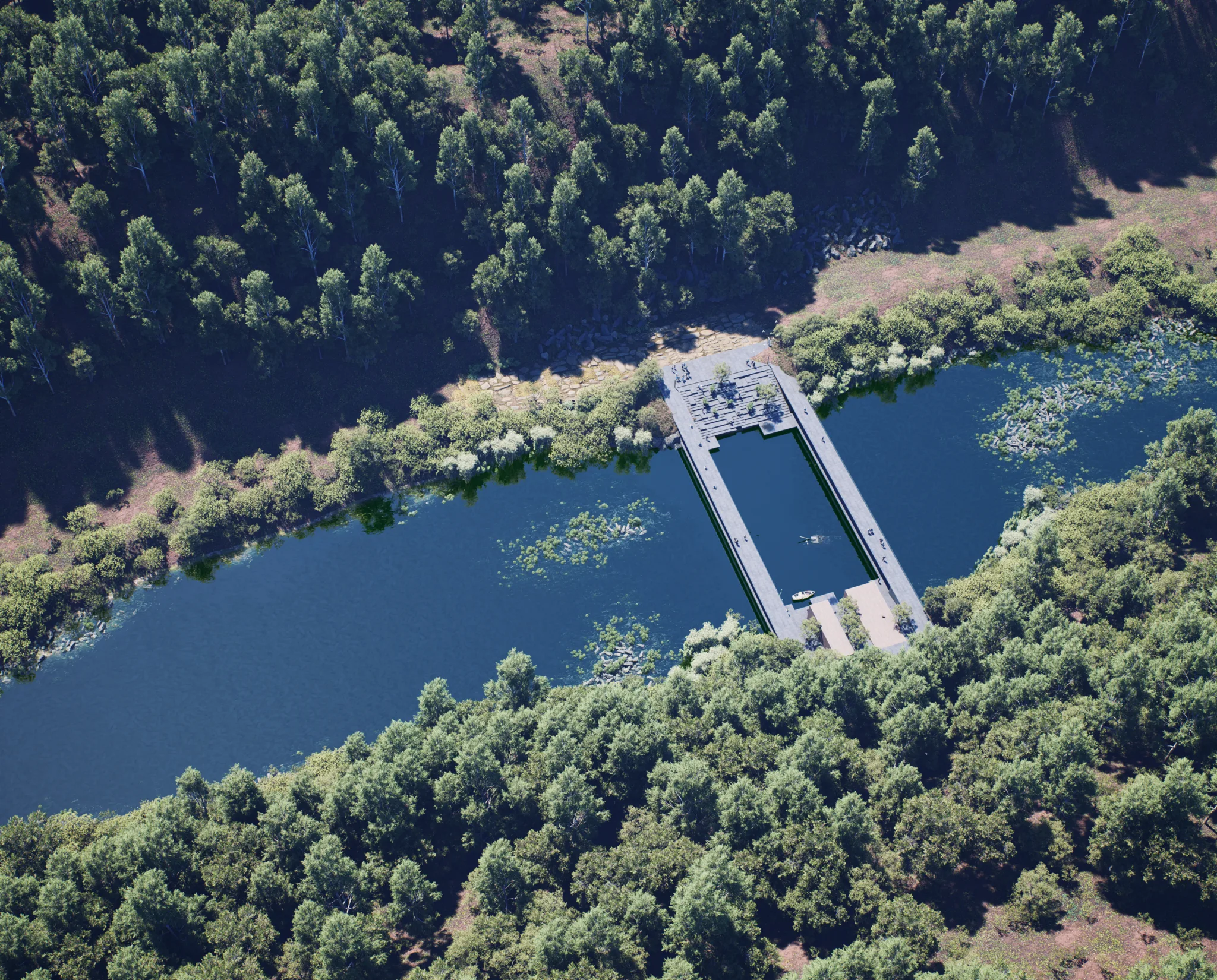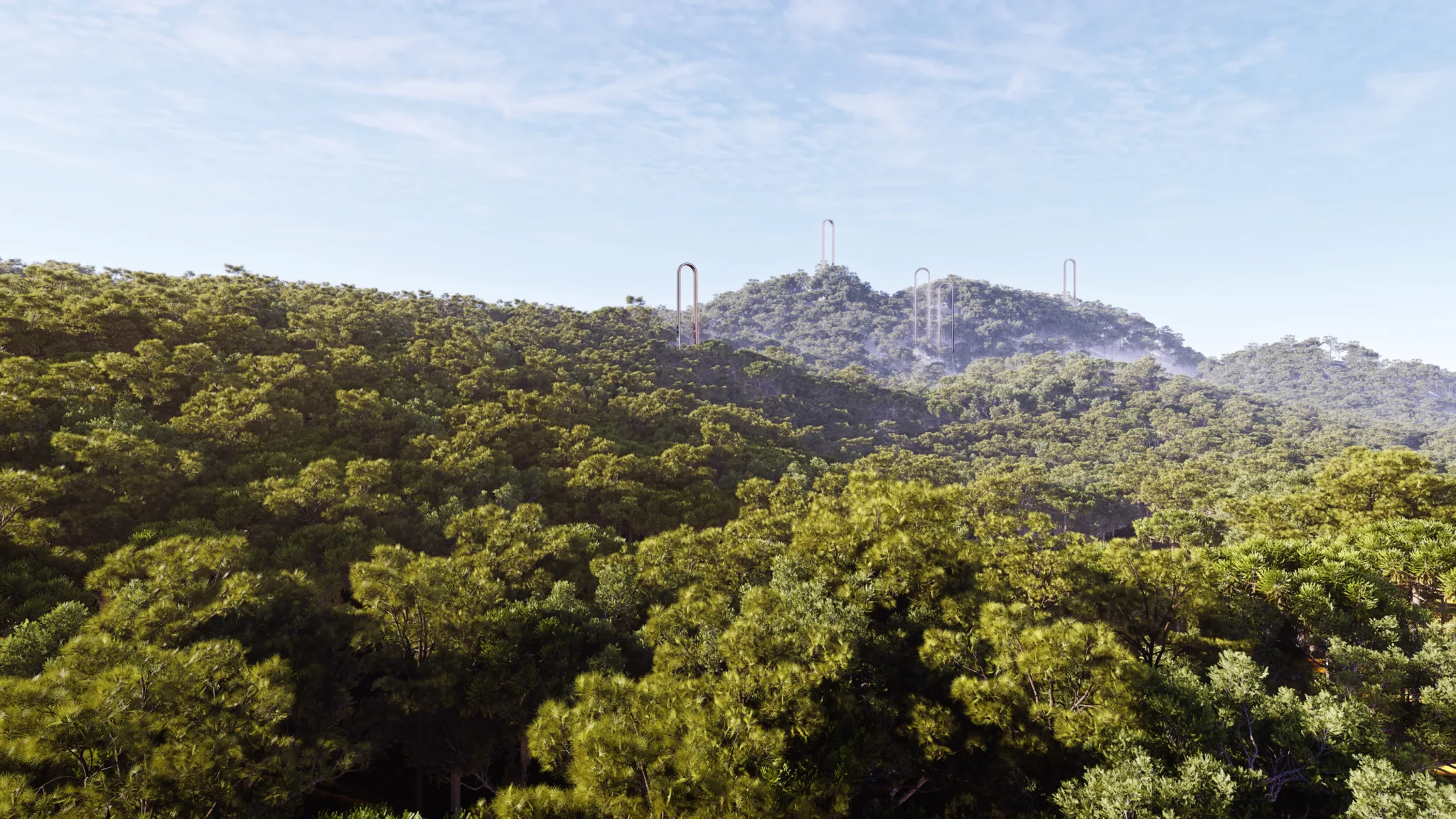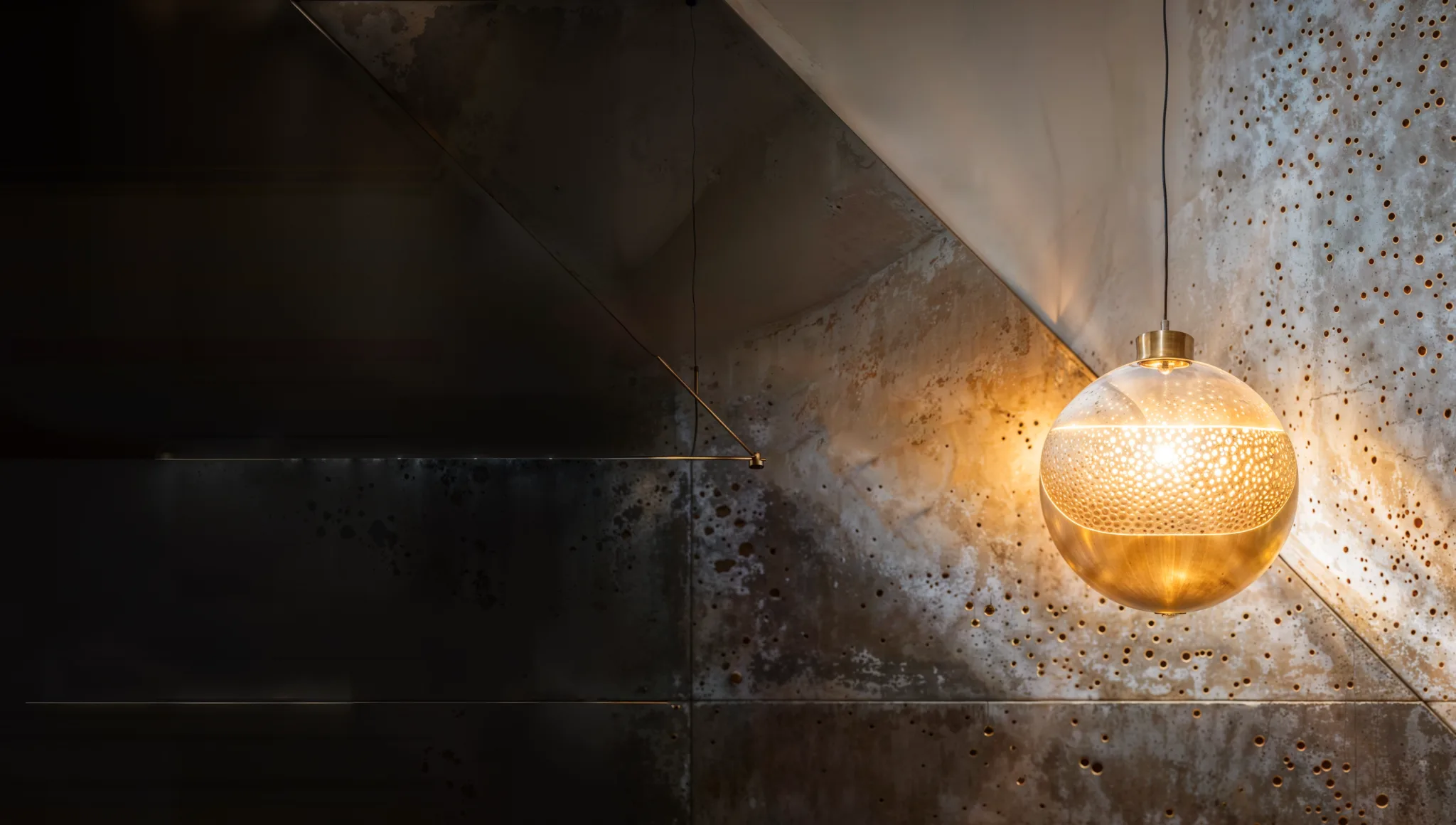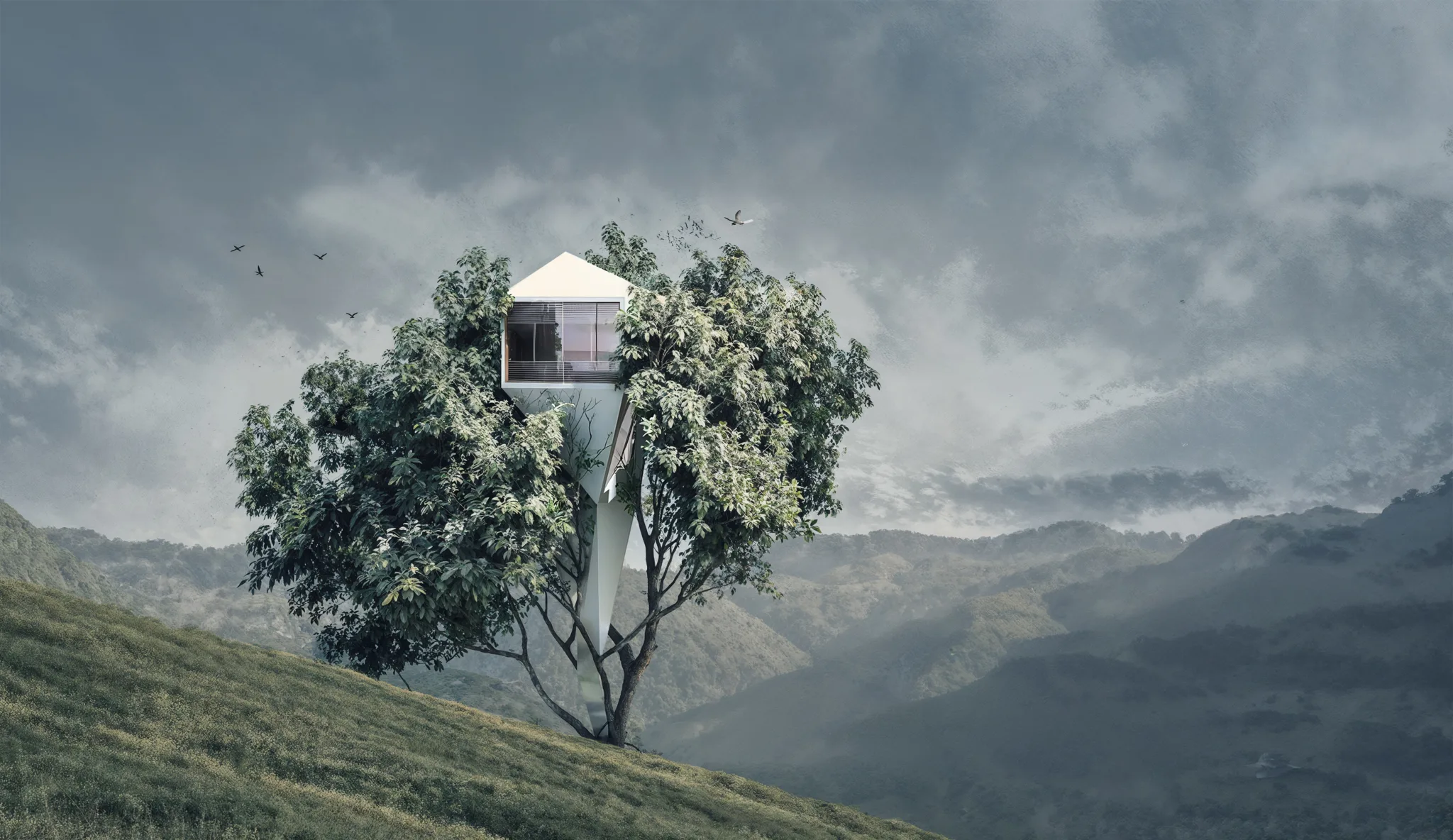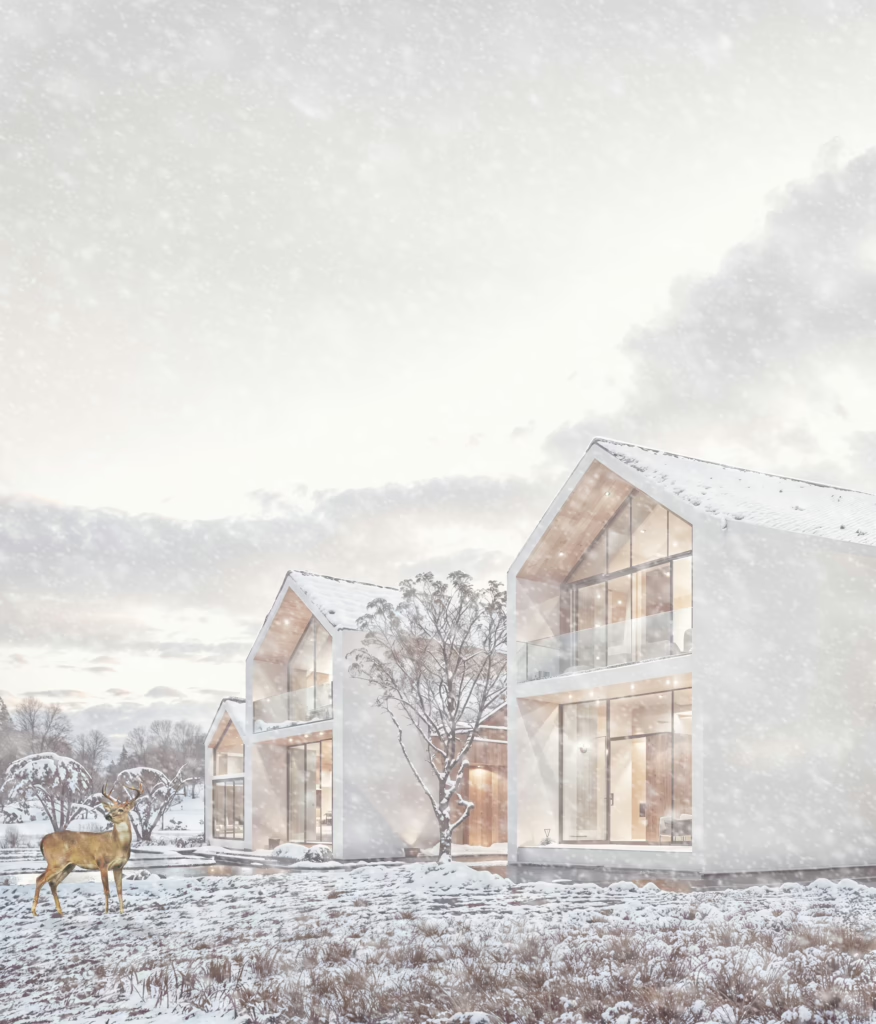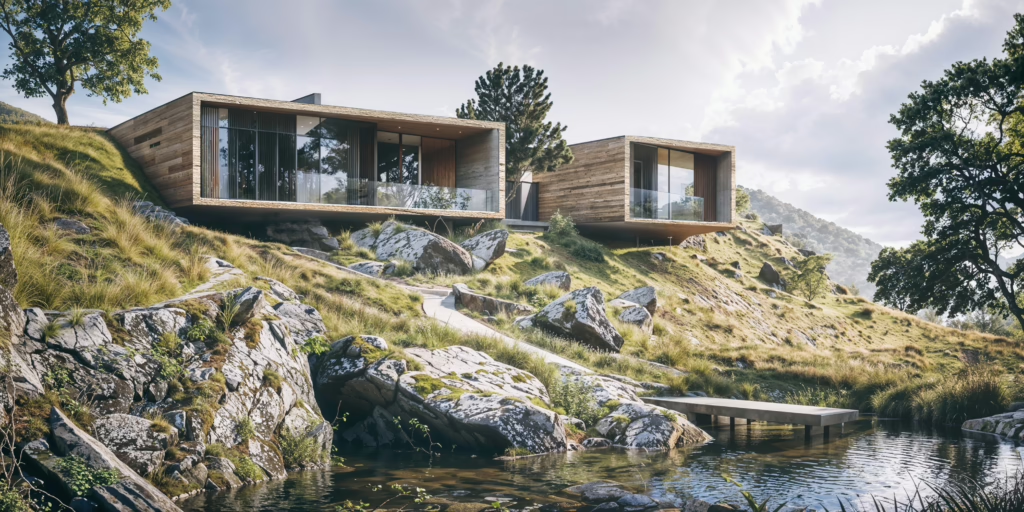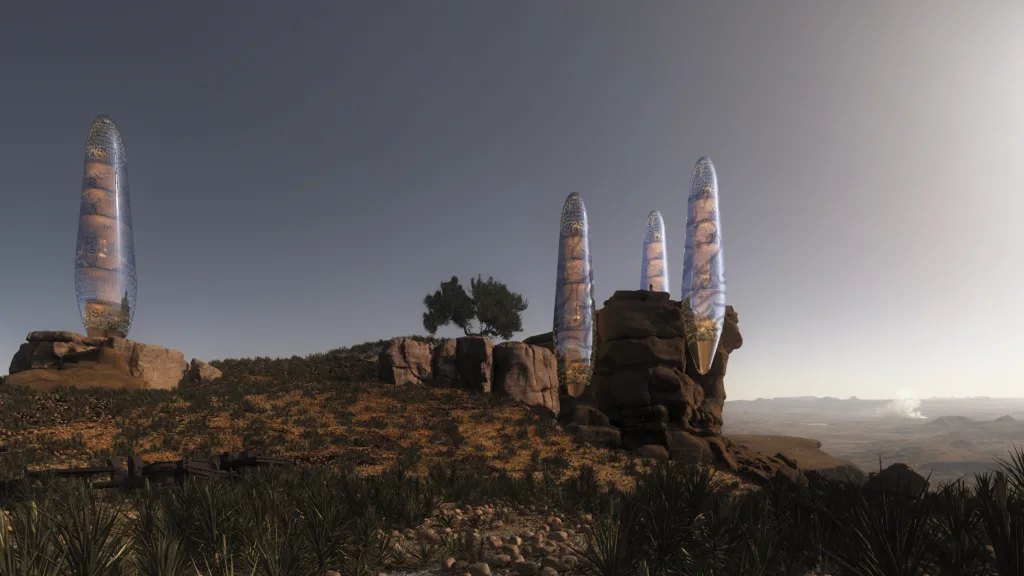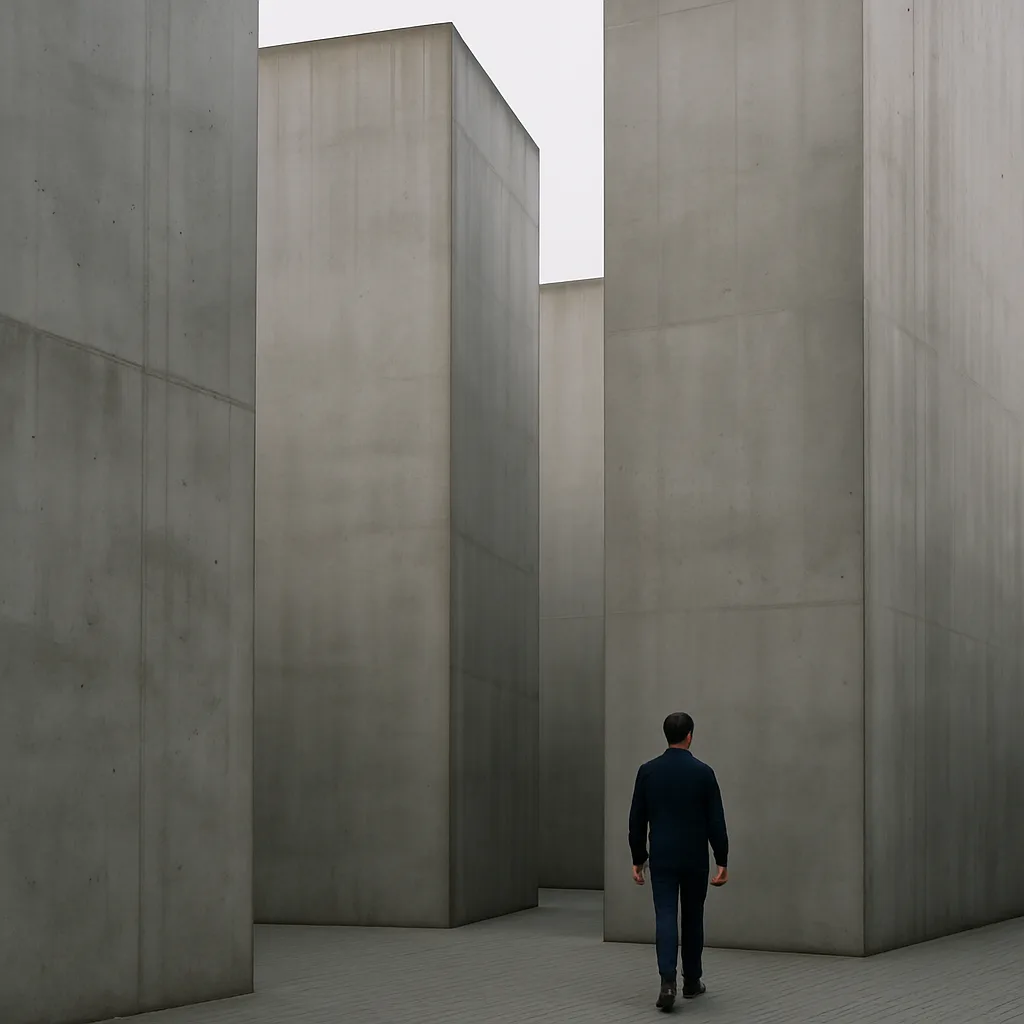Home
My commitment and philosophy revolve around four core concepts: Nature, social impact, culture, and new technology. I strive to create new urban icons that incorporate these elements and push the boundaries of what is possible in biophilic design
Nature has long been a source of inspiration for architecture, and incorporating natural elements into building design has numerous benefits. Biophilic design, which integrates nature into the built environment, can enhance the well-being of building occupants, reduce energy consumption, and promote sustainability. Architects can also use biomimicry, or the emulation of natural systems and patterns, to create more efficient and resilient buildings. By prioritizing nature in their designs, architects can create spaces that are not only beautiful, but also promote human and environmental health.
Social impact is a key consideration in architecture, as buildings and public spaces have a profound effect on the well-being of their users and the surrounding community. Architects have the power to create spaces that promote inclusivity, accessibility, and cultural identity, and can use their designs to address social issues such as poverty, homelessness, and inequality. By prioritizing social impact in their work, architects can contribute to a more equitable and just society.
Culture and architecture are intimately linked, as the design of buildings and public spaces reflects the values, beliefs, and aesthetic preferences of a particular society. Architecture can be a powerful tool for cultural expression and preservation, as well as for fostering intercultural understanding and exchange. By incorporating elements of local culture into their designs, architects can create spaces that celebrate and reinforce cultural identity, while also contributing to a sense of place and community.
Advancements in technology, particularly artificial intelligence (AI), are transforming the field of architecture. AI can assist architects in generating designs, optimizing building performance, and predicting user behavior. It also enables new forms of collaboration and communication, allowing architects to work more efficiently and effectively. As technology continues to evolve, architects must stay abreast of new developments and leverage them to create innovative and sustainable buildings and public spaces.

